The uniqueness of truck racing
The FIA European Truck Racing Championship field of drivers is an eclectic mix of characters with vastly diverse backgrounds. Some, like reigning champion Jochen Hahn or stalwart Gerd Körber, started their careers in truck racing years ago and have remained loyal to their beloved discipline ever since.
Others, including the likes of series’ front-runners Steffi Halm, Adam Lacko and Norbert Kiss, began racing with rather more conventional vehicles, before turning their attention to the titans of European circuit racing.
Here the trio offer a truly fascinating insight into how racing differs from behind the wheel of a truck compared to any other piece of machinery they drove earlier in their careers.
Motor racing’s heavy weights
The biggest and most obvious difference in FIA ETRC is in weight and size. With a total minimum weight of 5300 kg, the trucks are unlike anything else that races on circuits across Europe.
"It’s not so different, which is really surprising," explains double FIA ETRC champion Norbert Kiss.
"The trucks we use are prototypes, they’re built within regulations for racing purposes, so they are very stiff and race-car-like. Obviously the size is different, your sitting position is different – it’s so far forward in the truck (at least in the one we use) and you need to get used to that. If anything, this is much harder to drive, because you have to be much more patient with it." adds the Hungarian.
Last year’s runner-up Adam Lacko agrees with his rival. "Size’s the biggest difference, but when you learn how to read the track, it’s the same as with a normal car." says the Czech.
The significant weight forced the regulations to restrict the top speed of the trucks to 160km/h on safety grounds. "In other series speed is limited by power, but here we have it for safety and we must live with it." comments Lacko on the rule.
Devil is in details
The most obvious differences are not the ones that count the most. As usual, the devil is in details. And with race trucks details largely mean the brakes.
"You have to cool down the brakes with water. You’ll never find something like that in a touring car." says the Red Bull Ring race three winner Steffi Halm.
"Brakes are what took me the most time to get used to. In touring cars you have a really hard brake pedal and you always get feedback from there. Here you have an air system and you feel nothing when you’re on the brakes. When the tyres lock-up, you don’t feel it on the brakes, you just feel it with the steering wheel and with your ass," she explains. "You must learn how to work with air, because it’s not constant," adds Lacko.
Kiss, on the other hand, thanks to his background in sim racing, found the process of adapting to the unique braking technique in truck racing seamless. "I started out in racing with simulators. And that’s kind of the same, there’s no feedback and you have to learn to rely on different senses, different feelings and that was the feeling I got when I drove a race truck for the first time. I felt that it’s like a simulator," explains the driver of the #24 Team Tankpool24 Racing Mercedes-Benz.
Plenty of seat time and plenty of people
Another aspect of FIA ETRC that stands out and drivers find appealing, is the fact that the action-packed event format offers them plenty of seat time over the course of the weekend.
"In truck racing, in two days we have four races plus free practice sessions, timed practices sessions, warm up session and Super Pole. All day you have something to do. No sitting and waiting." says Lacko.
FIA ETRC attracts huge crowds on a regular basis, something that the protagonists of the show appreciate very much. "There’re always spectators. With GT cars there’s not so many of them. And the reason that people keep coming is that it’s big and sometimes there’s a bit of contact." says the enthusiastic Buggyra International Racing System driver who spent years racing GTs the world over.
Trucking culture is huge across the European continent and that’s another reason why Europe’s top truck racing series attracts so much interest.
"You have hundreds of racing series around the world, but in truck racing you have only a few. One of them is the FIA ETRC – the highest level you can reach in truck racing – and so many people work as truck drivers on the roads. Those people don’t want to see cars racing, they want to see trucks racing." sums up Halm.
Truck racing in some ways is very different to other, more conventional forms of racing and in some aspects is very similar, but what really stands out is that with the FIA ETRC there’s no such thing as a dull event. Here, in the FIA ETRC, every race is packed with action, from the rolling start to the moment the chequered flag is waved over the finish line.







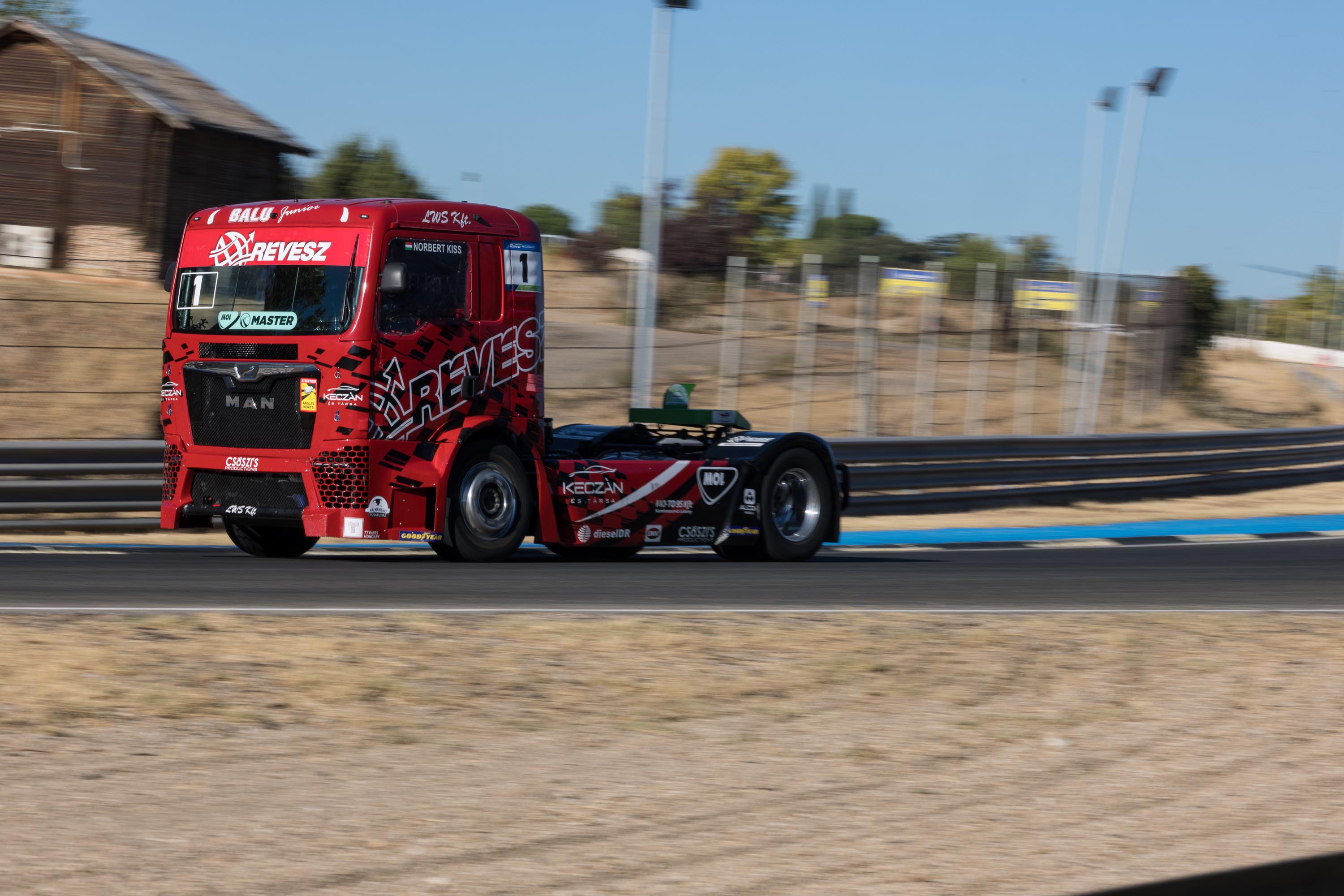


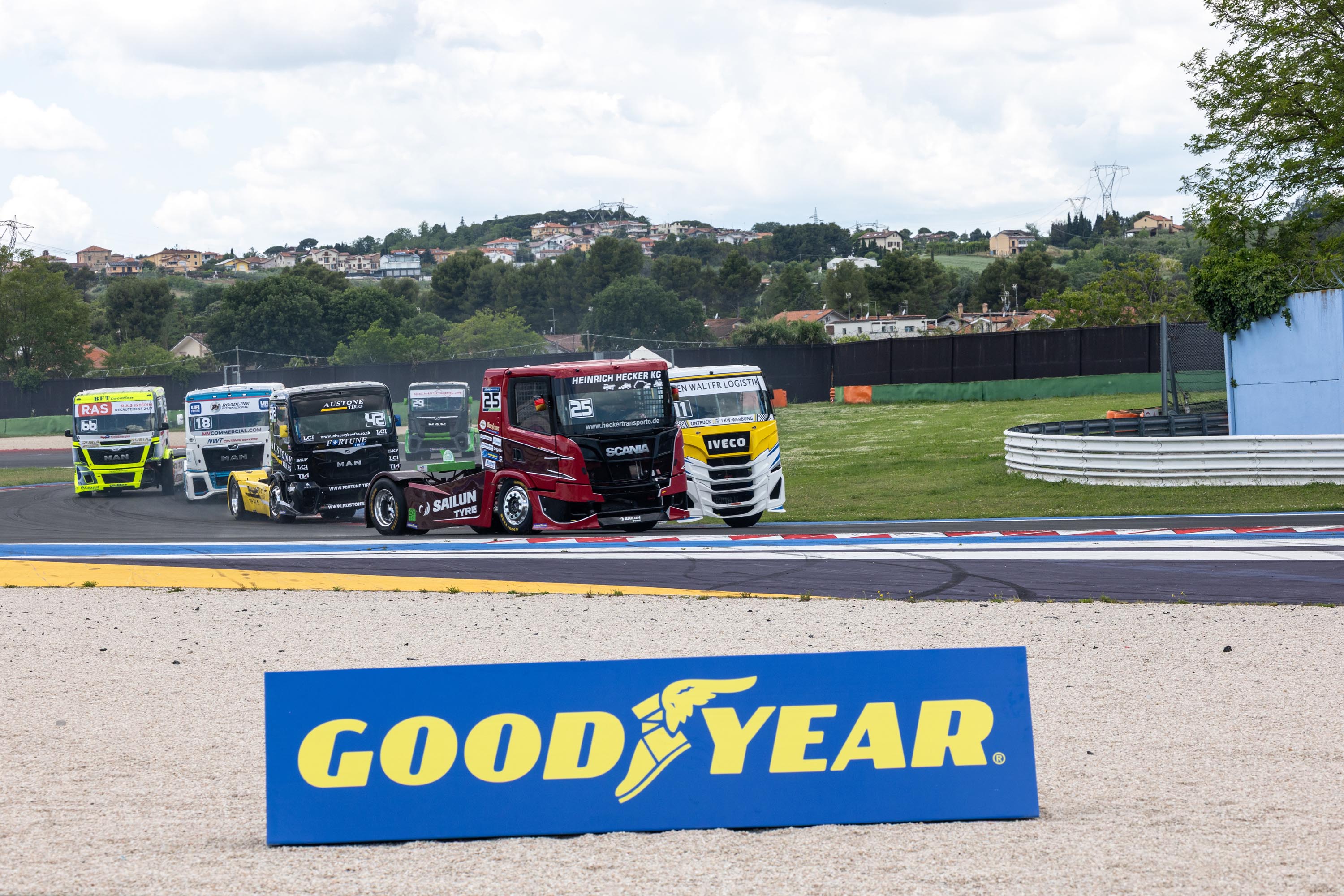


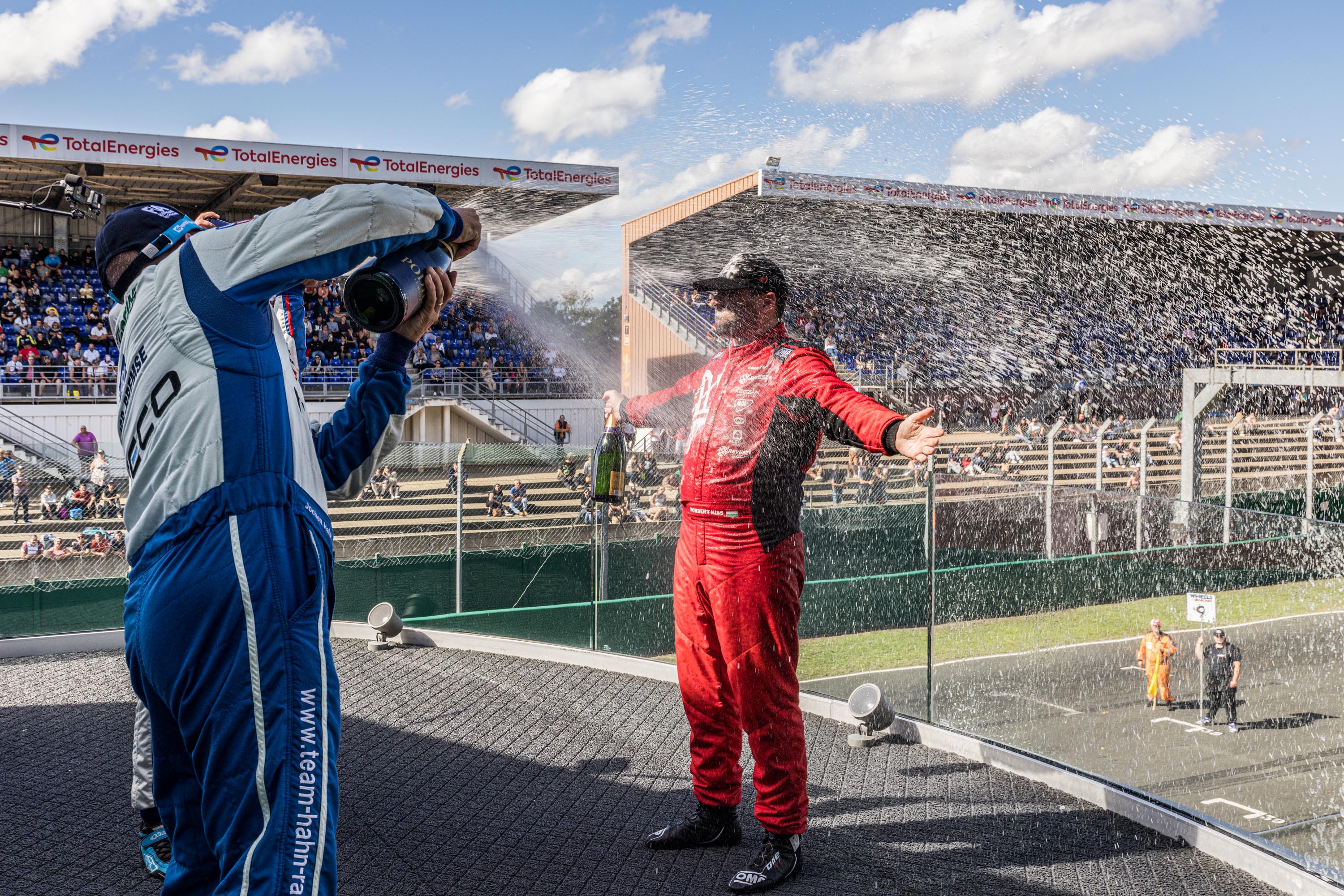
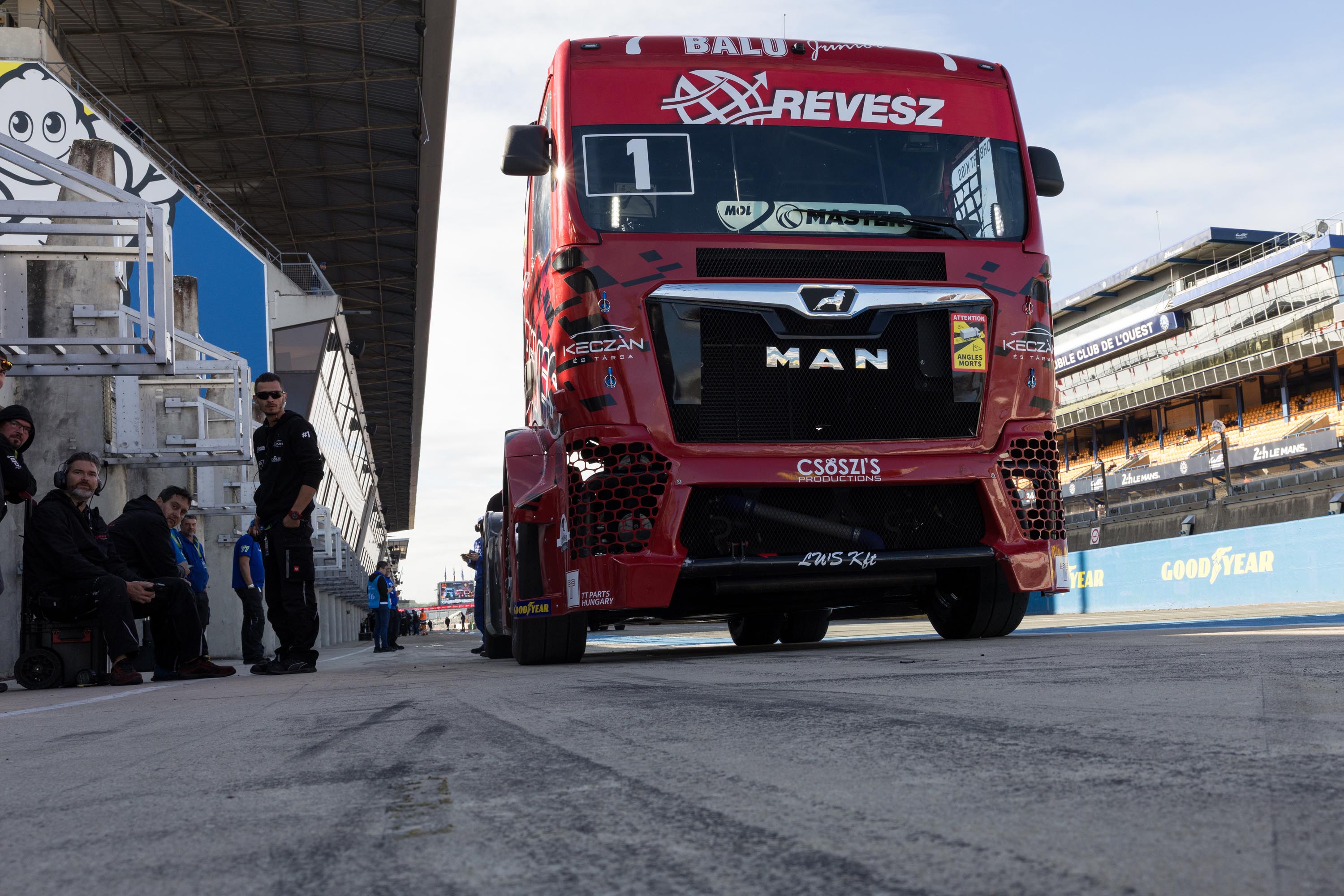
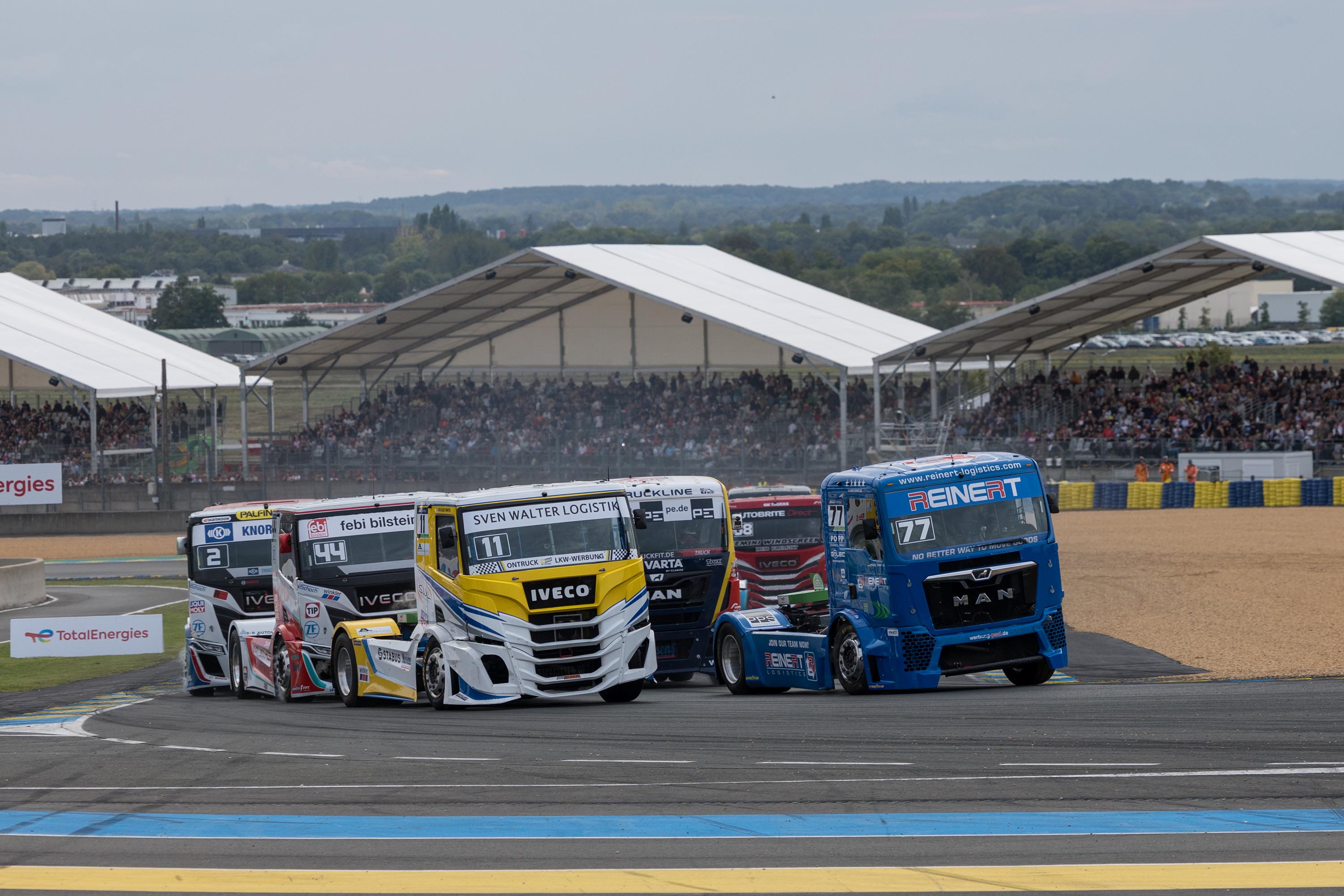
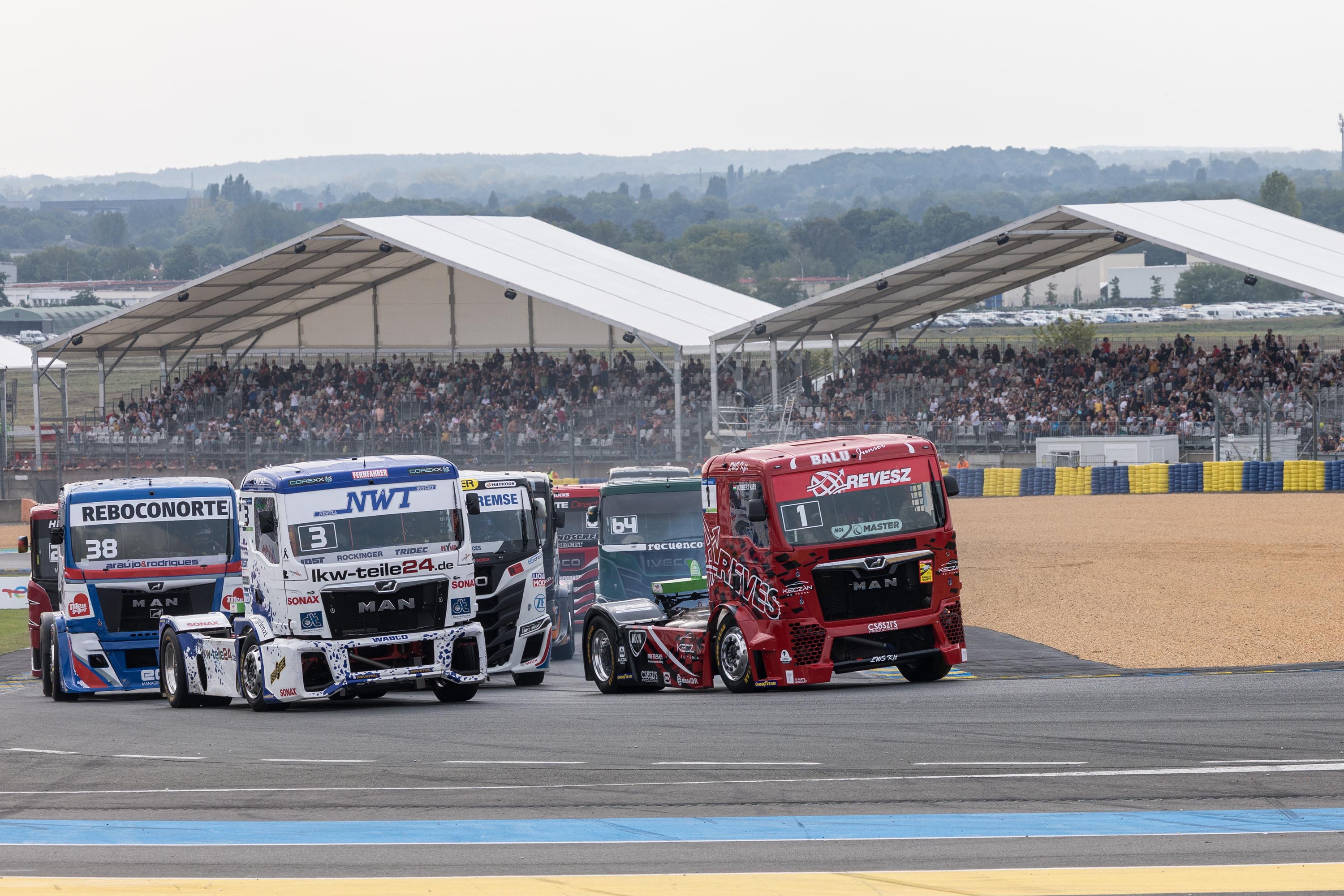
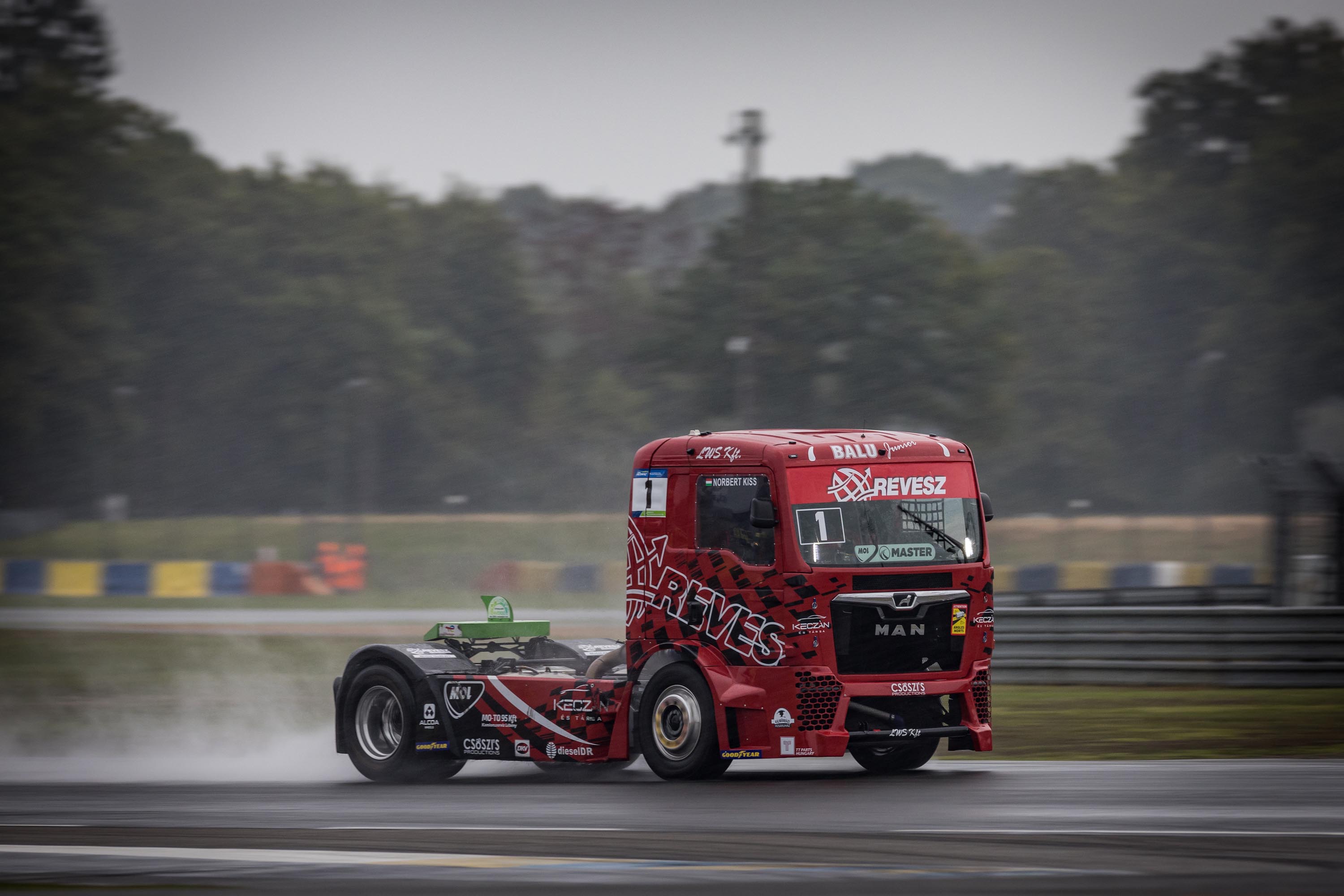


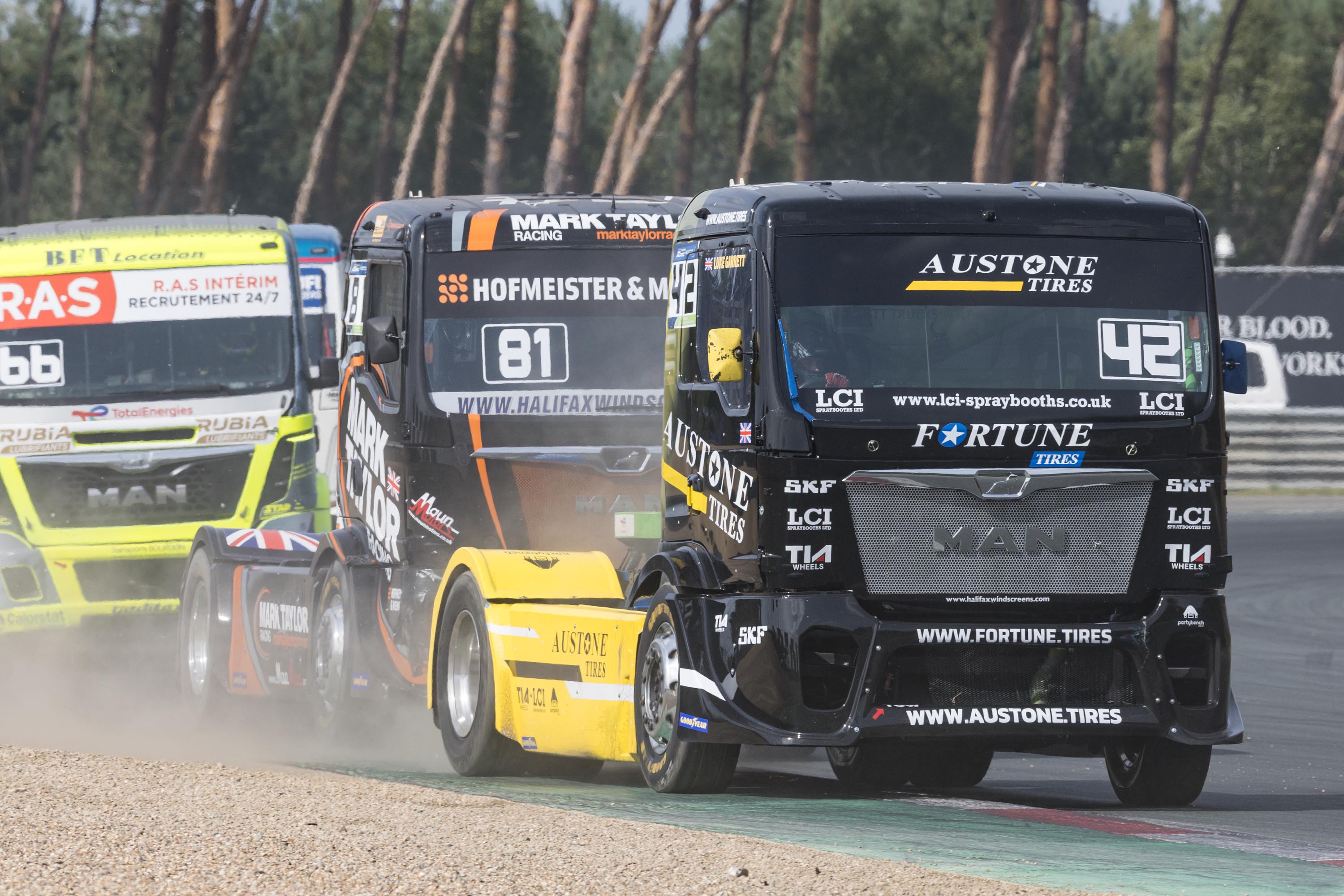


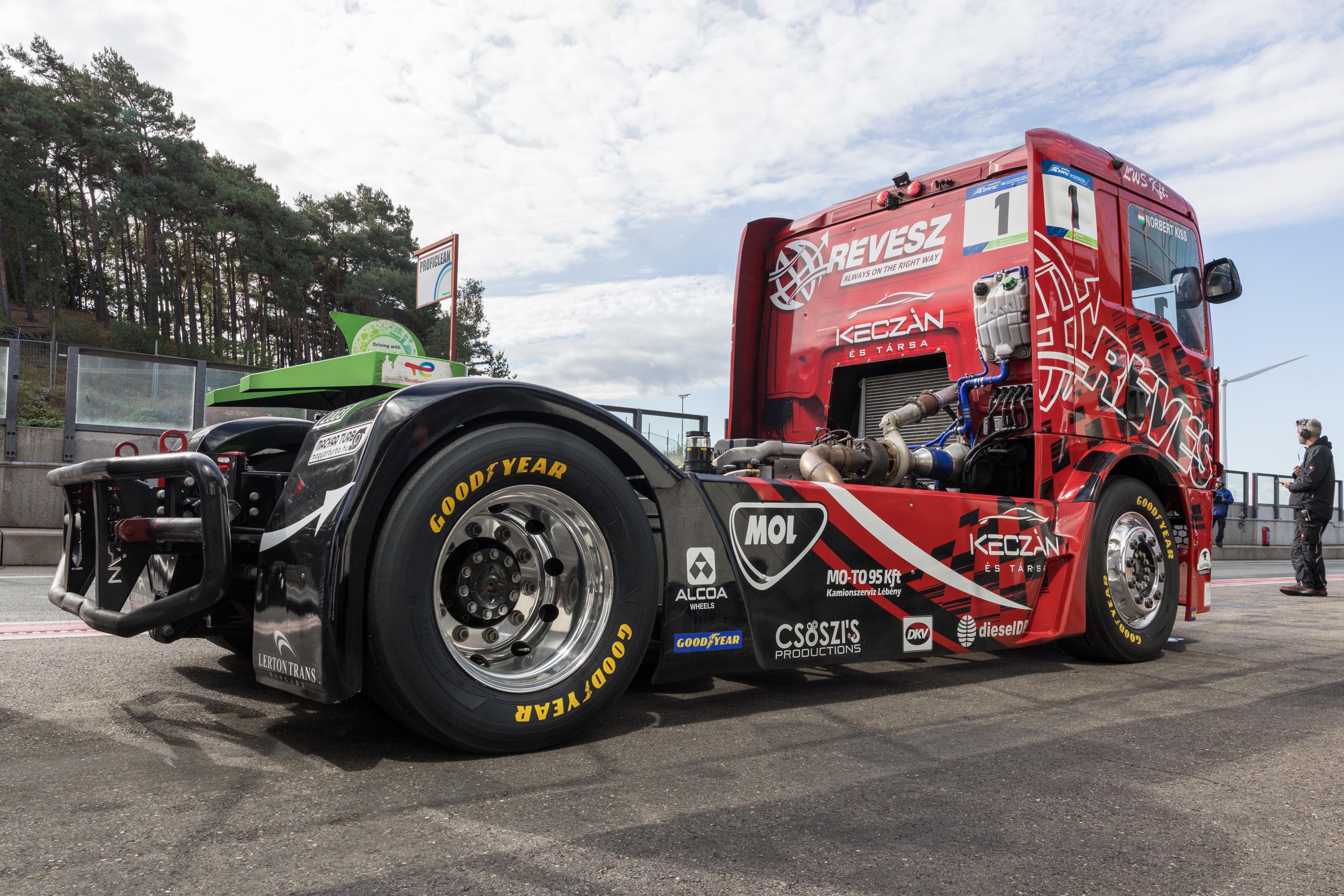

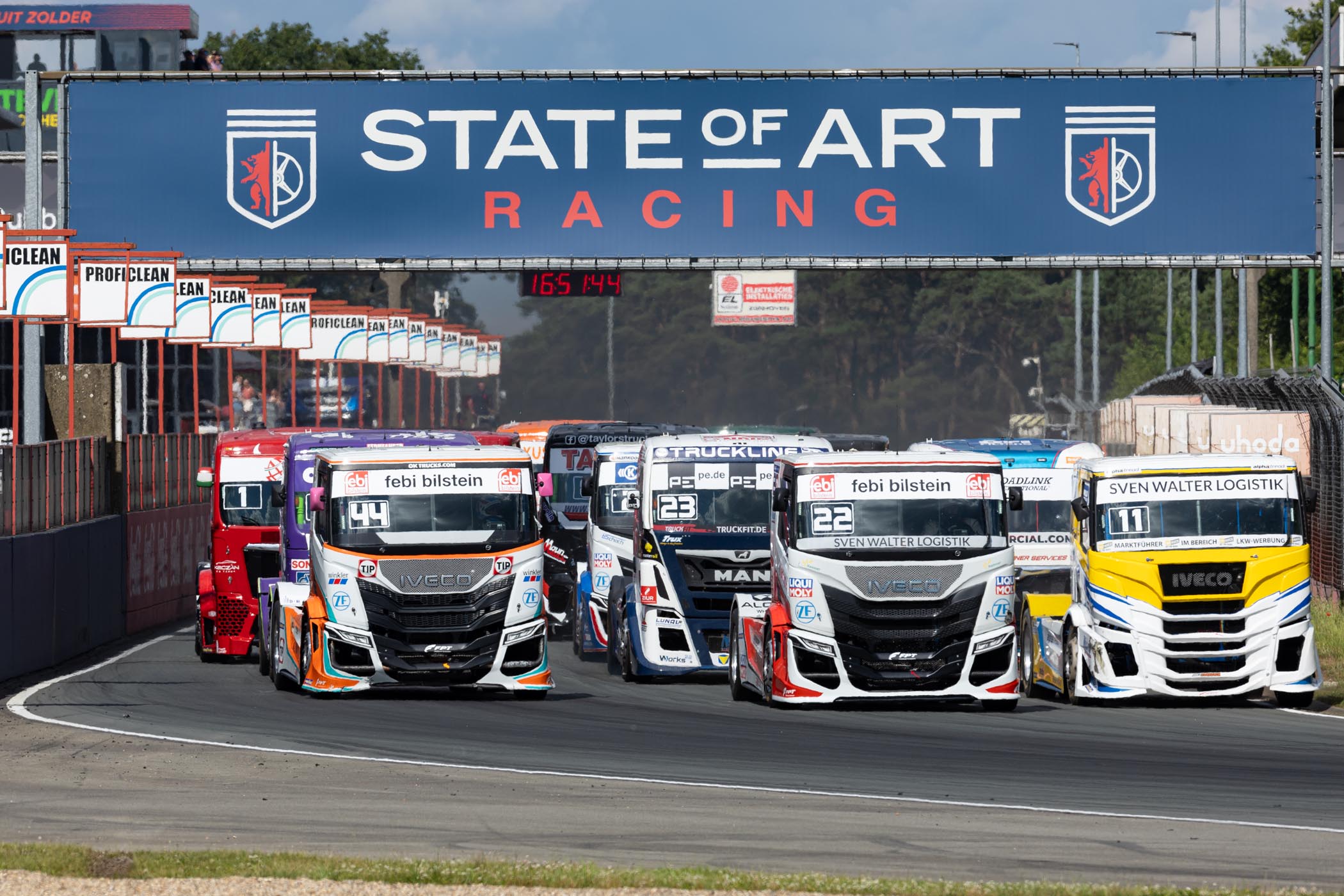



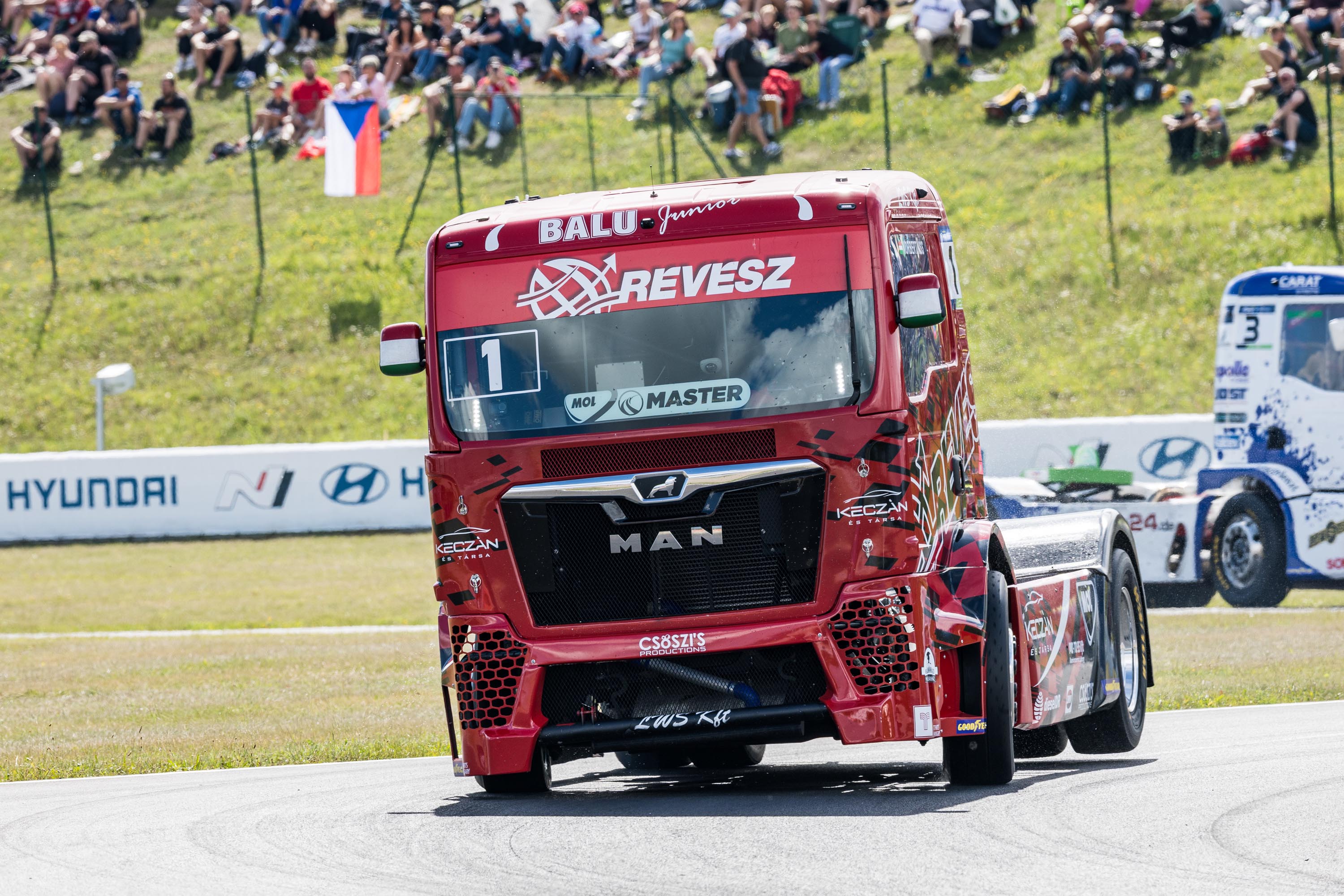
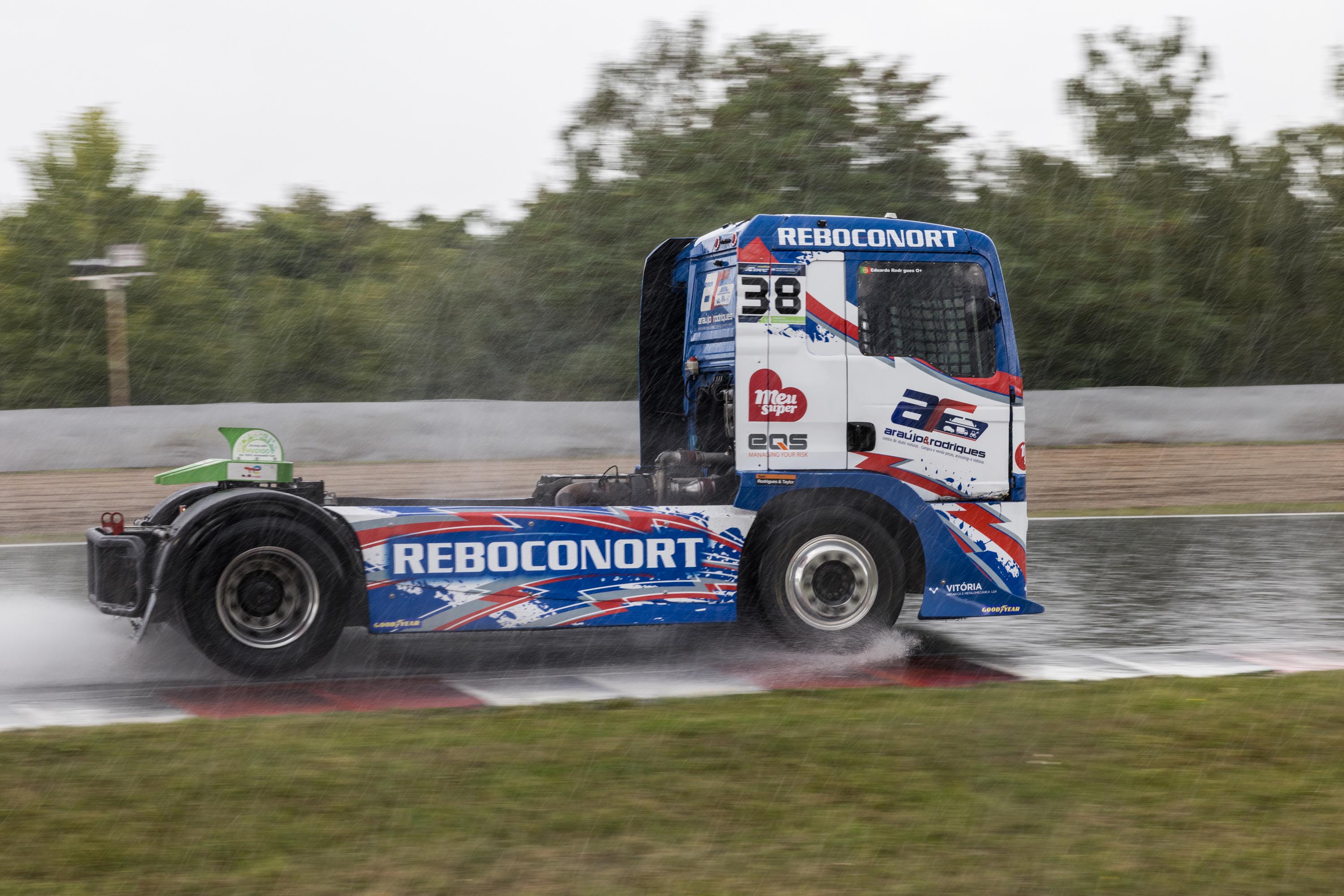






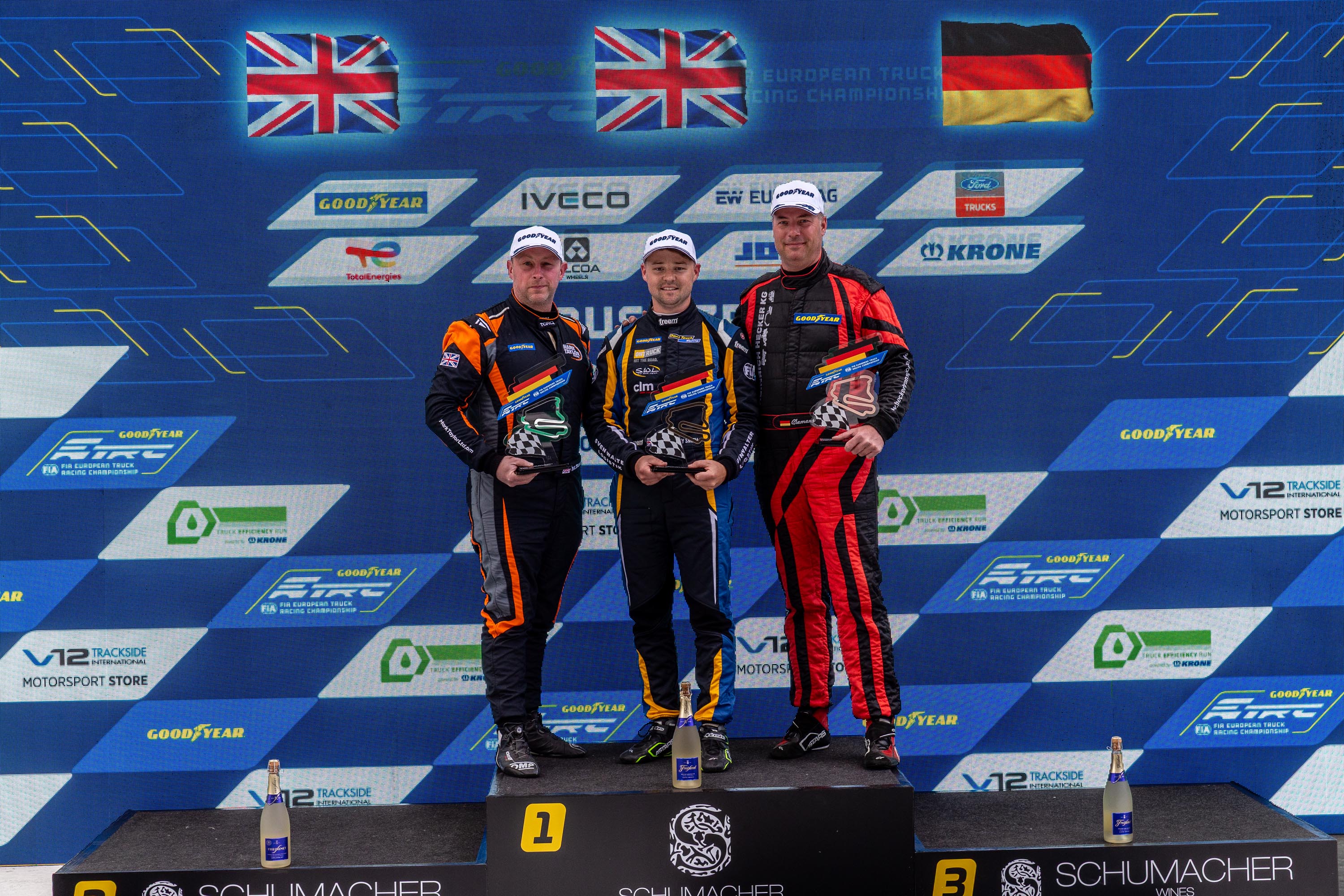

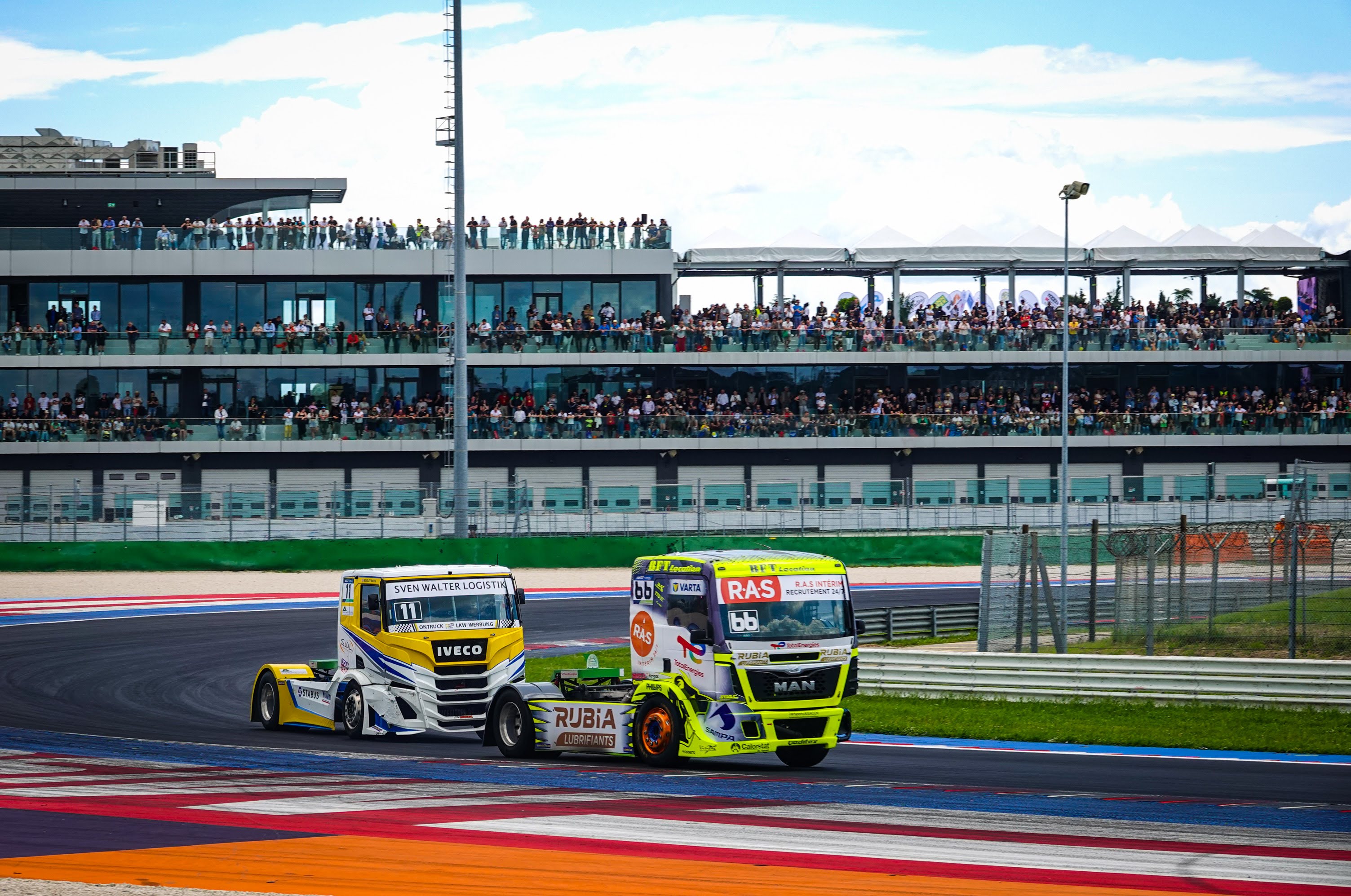
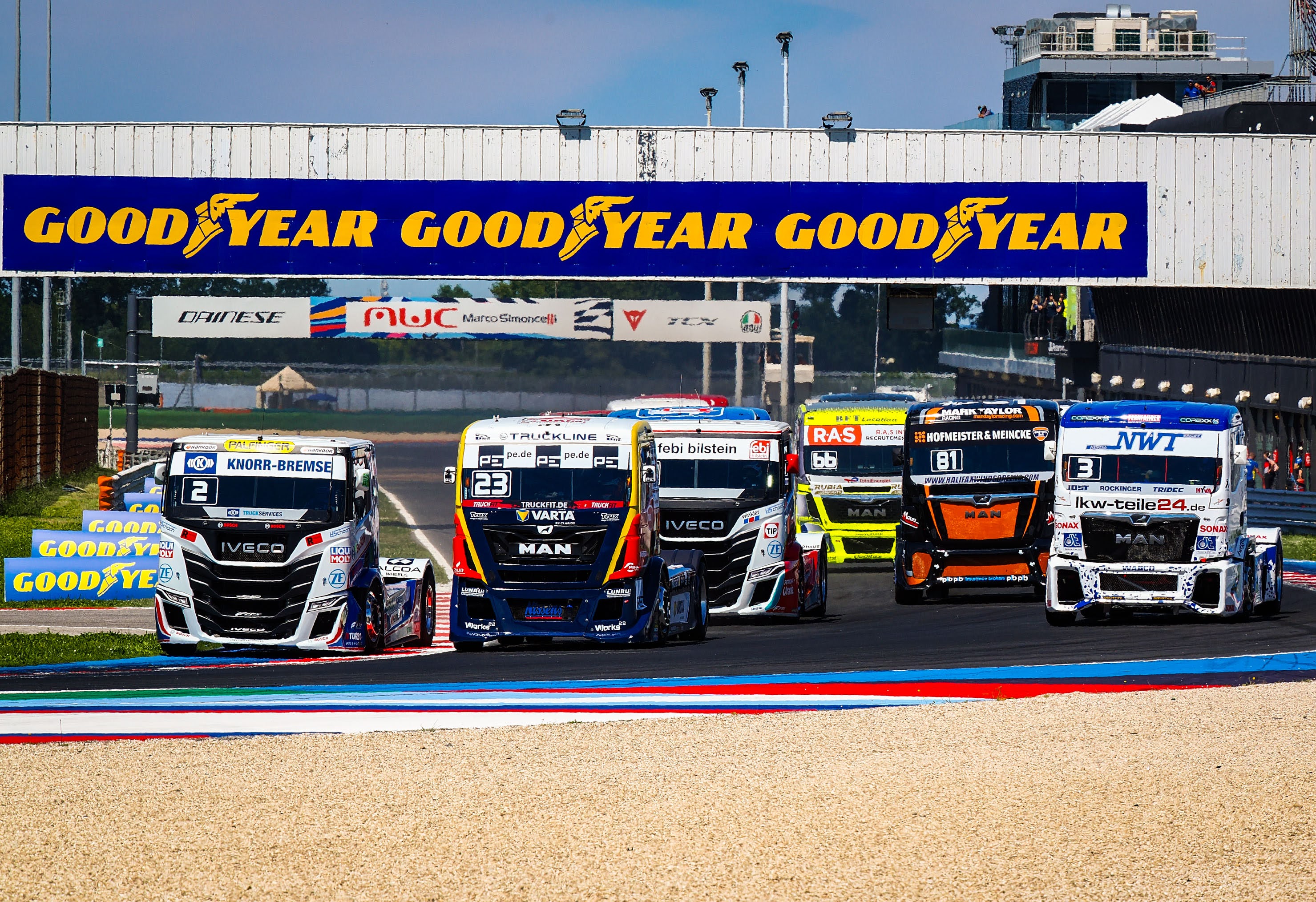



.jpg)






































.jpg)


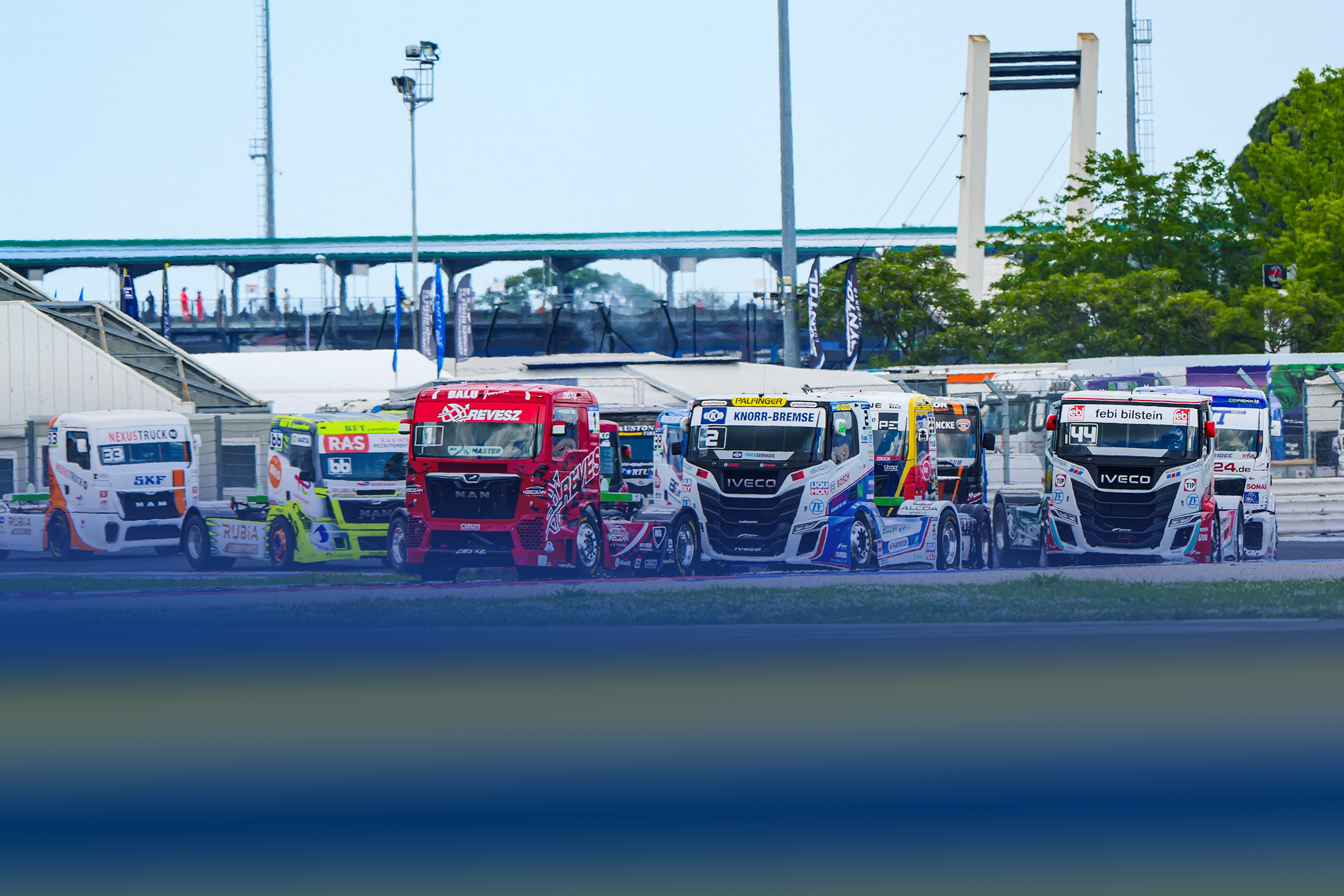








.jpg)



